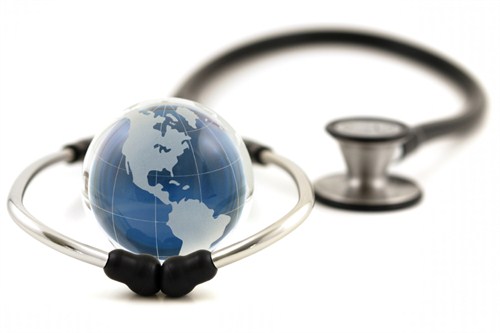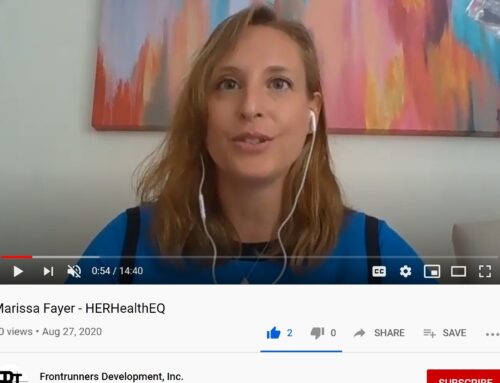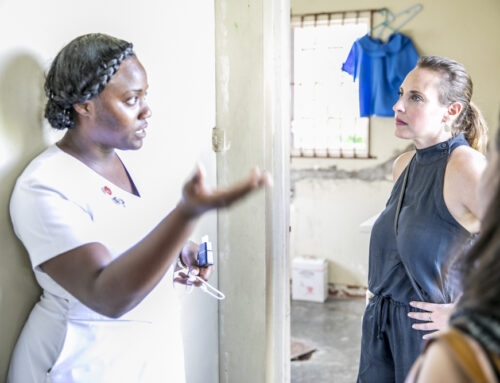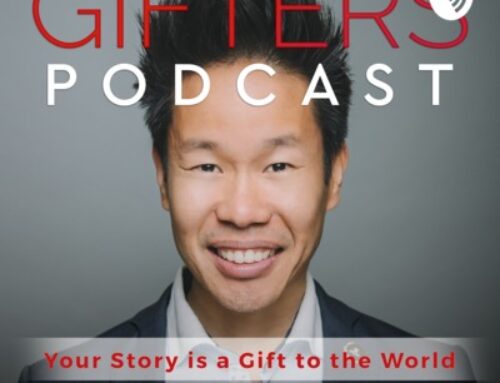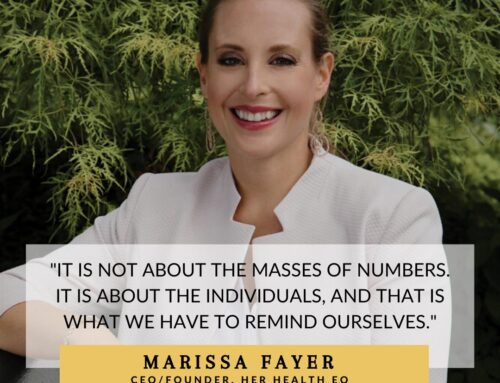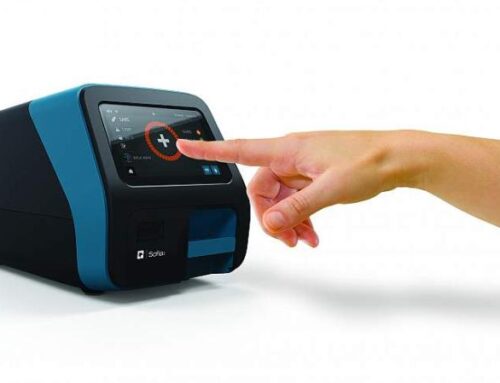When we think of medical devices, the phrase “changing the world” rarely comes to mind.
When we think of medical devices, the phrase “changing the world” rarely comes to mind. Changing our lives, changing our wallets, changing the dialog might be phrases we think about, not typically the world. We often hear the word “improving” and its included in about 60% of all medical device mission statements but improving implies there is already health equity.
A common myth associated with medical devices is related to complexity. Medical devices are not always complicated or sophisticated. They can be and often are, but not always.
The FDA defines a medical device as “… an instrument, apparatus, implement, machine, contrivance, implant, in vitro reagent, or other similar or related article, including a component part, or accessory … intended for use in the diagnosis of disease or other conditions, or in the cure, mitigation, treatment, or prevention of disease, in man or other animals…”.
A medical device can be as simple as a scalpel or as complex as an artificial heart, and everything in between.
While complex devices are often most used in the developed countries, the less complex are just as important and are used more often in emerging and developing countries. The less complex devices are often the tools and equipment which have the greatest impact, as they affect a larger population, more diverse populations and conditions, and are the “low-hanging fruit” of issues needing diagnosis and treatment.
The impact of basic to intermediate medical devices on the world can be incredible. With a simple hand-held ultrasound, at least 15 different conditions (if not hundreds more) can be diagnosed and treated appropriately without guessing. With a simple blood test, hundreds of medical issues can be diagnosed and treated with the appropriate medication. They save lives, time, effort, and money allowing the people being treated to have confidence in themselves and also in the medical system.
To put this in human related examples, with a simple scalpel paired with a basic surgical kit, a farmer can go back to his field and continue to make money supporting his family. With a basic cryo-ablation tool, a woman doesn’t have to develop cervical cancer and can return to take care of her family and go back to work to provide for them. With a connected health platform, remote areas can receive health benefits and treatment without traveling hundreds of miles and days away from their family and job.
When changing the world is the focus, ensuring “back to basics” for what the people need to live an equitable life is most important. Focusing on health solutions for the specific location will allow adherence and adoption faster than fancy bells and whistles. The old phrase KIS “keep it simple” is most applicable and most important for the developing world.
While changing the world is often reserved for non-profits and visionaries, don’t discount the medical device community, as it already is and has the sustainable impact to do so for a long time in the future. One person, one device, one company can change the world.
